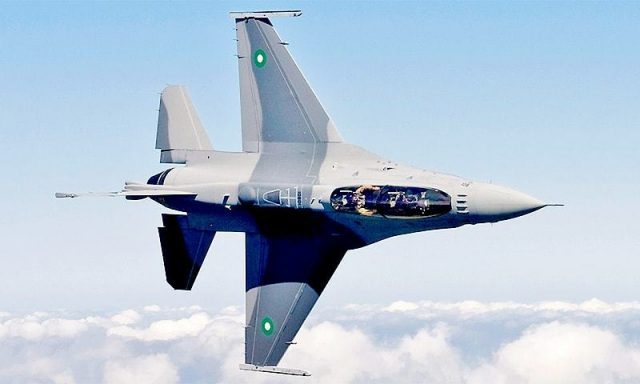News Analysis |
The recent retaliatory move by Pakistan on February 27th has put a question mark on Indian conventional military capability around the world. In particular, The New York Times was very scathing in its observation on Indian military hubris titled “After India Loses Dogfight to Pakistan, Questions Arise About Its ‘Vintage’ Military”.
Written by Maria Abi Habib, the article declared that the dogfight between the Indian and Pakistani air forces was a rather humbling experience for the former. As the author wrote “The aerial clash, the first by the South Asian rivals in nearly five decades, was a rare test for the Indian military — and it left observers a bit dumbfounded. While the challenges faced by India’s armed forces are no secret, its loss of a plane last week to a country whose military is about half the size and receives a quarter of the funding was still telling.”
The soaring tensions reached a new height between the two neighboring countries as two fighter jets of Indian Air Force were shot down by Pakistan Air Force in bright daylight.
The author noted that if intense warfare broke out tomorrow, India could supply its troops with only 10 days of ammunition, according to government estimates, and 68 percent of the army’s equipment is so old, it is officially considered “vintage”, the report read.
Gaurav Gogoi, a lawmaker and member of the Parliamentary Standing Committee on Defense said as was quoted by the NYT, “Our troops lack modern equipment, but they have to conduct 21st-century military operations.”
Read more: India’s bellicosity: What can Pakistan expect from China’s NPC huddle?
The soaring tensions reached a new height between the two neighboring countries as two fighter jets of Indian Air Force were shot down by Pakistan Air Force in bright daylight on Wednesday (February 27).
Inter-Services Public Relations (ISPR) Director General Major General Asif Ghafoor said the military action from Pakistan was a demonstration of its defense capability as a reaction towards violation of Line of Control by Indian fighter jets on Feb 26.
The recent retaliatory move by Pakistan on February 27th has put a question mark on Indian conventional military capability around the world.
As expected, the author’s piece was not met kindly by the Indian social media users as they launched vitriol at the writer who in return compared the Indian trolls to ISIS supporters in her tweet “I thought I knew trolling and then … there was India twitter. Good grief, even the jihadis of the Middle East were not this relentless when us reporters exposed ISIS atrocities.”
Read more: For Modi, it is now do or die!
https://twitter.com/Abihabib/status/1102431045159407617
Her opinion is shared by many Indian military scholars after the fiasco that was the Indian self-claimed “Surgical Strikes 2.0”. Pravin Sawhney a former military person and editor of Force magazine was rather blunt in his tweets.
India did since it did not respond to PAF's broad daylight military aggression which was imminent. It simply said we are prepared for all contingencies https://t.co/ejzAlsHR4m
— Pravin Sawhney (@PravinSawhney) March 2, 2019
Read my book Dragon On Our Doorstep to know I don't indulge in politics. Forget IAF's deterrent response/capabilities, its war fighting capabilities stand blunted. How? Deterrence means Pak gov and PAF would have worried about striking in broad daylight which is not the case https://t.co/yDMmPpPbZr
— Pravin Sawhney (@PravinSawhney) March 2, 2019
The engagement last week saw the myth of India’s conventional superiority over Pakistan shattered. This myth crafted by Indian academia and helped by some segments of Western Intellectuals gave an aura that Pakistan had no response to Indian military capability asides from Nuclear weapons.
Read more: Resurging Pakistan makes Modi’s India annoyed
However, the response of Pakistani forces to India’s blatant aggression seemed to have shattered the crafted illusion. It can be safe to say that the combined doctrines of Surgical Strikes, Cold Start and “calling Pakistan’s nuclear bluff” has been buried in the craters made by Pakistani JF17s near Indian military bases in Occupied Kashmir.
The Joint Chinese Pakistani fighter jet JF17 has also undergone its baptism of fire and emerged victorious from its first dogfight. It has proved itself to be an able platform that can keep Indian airpower in check.














